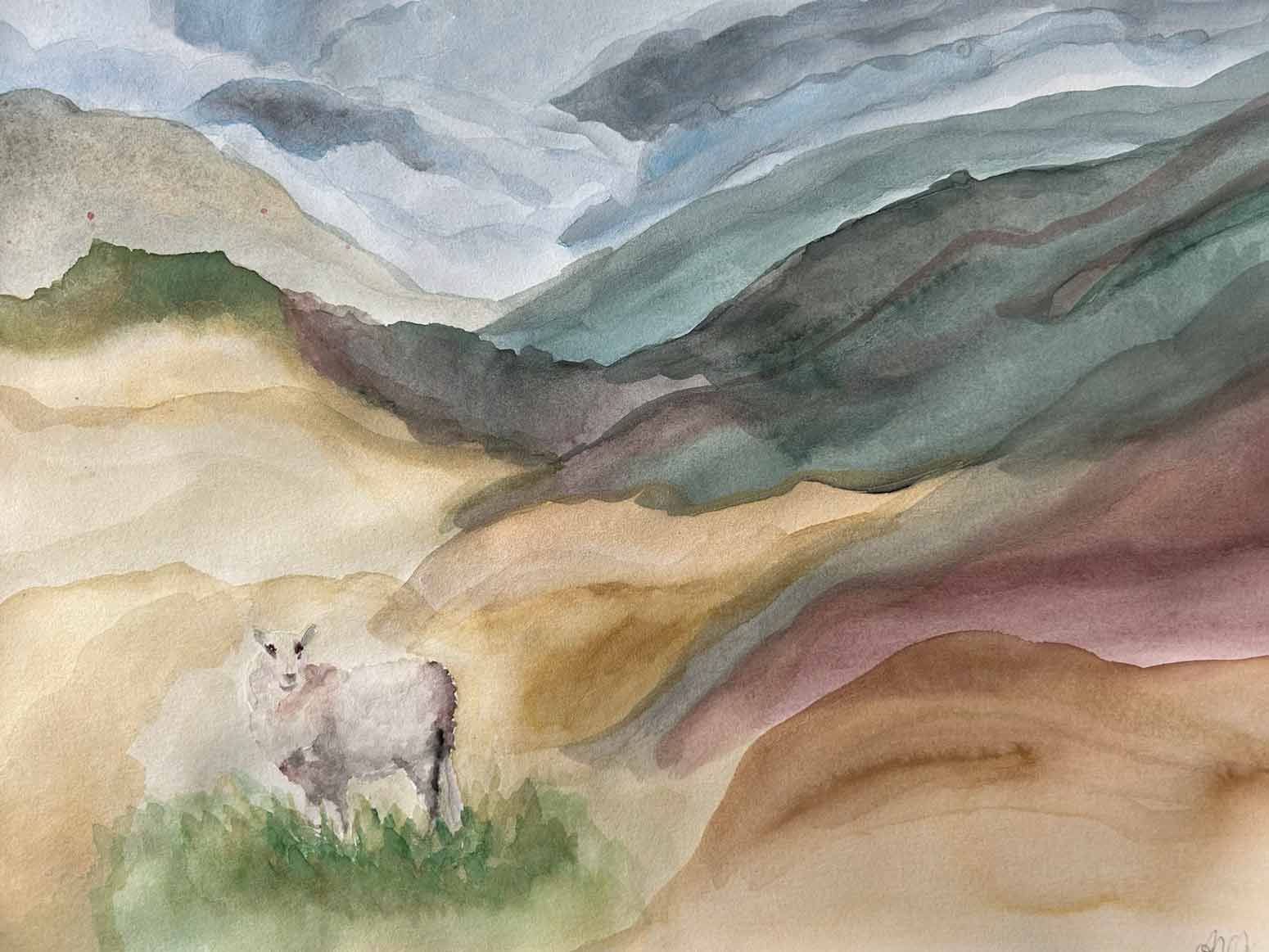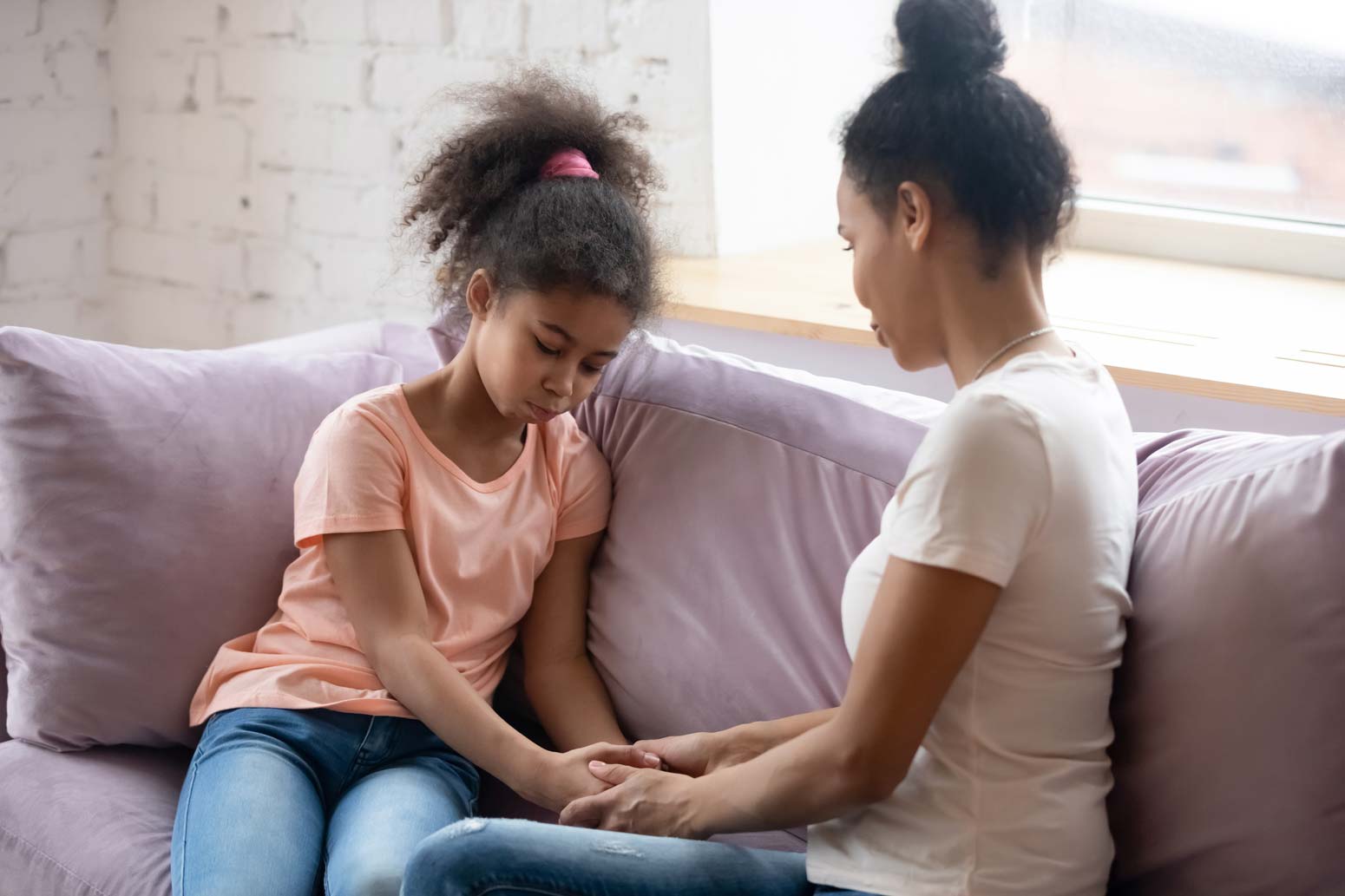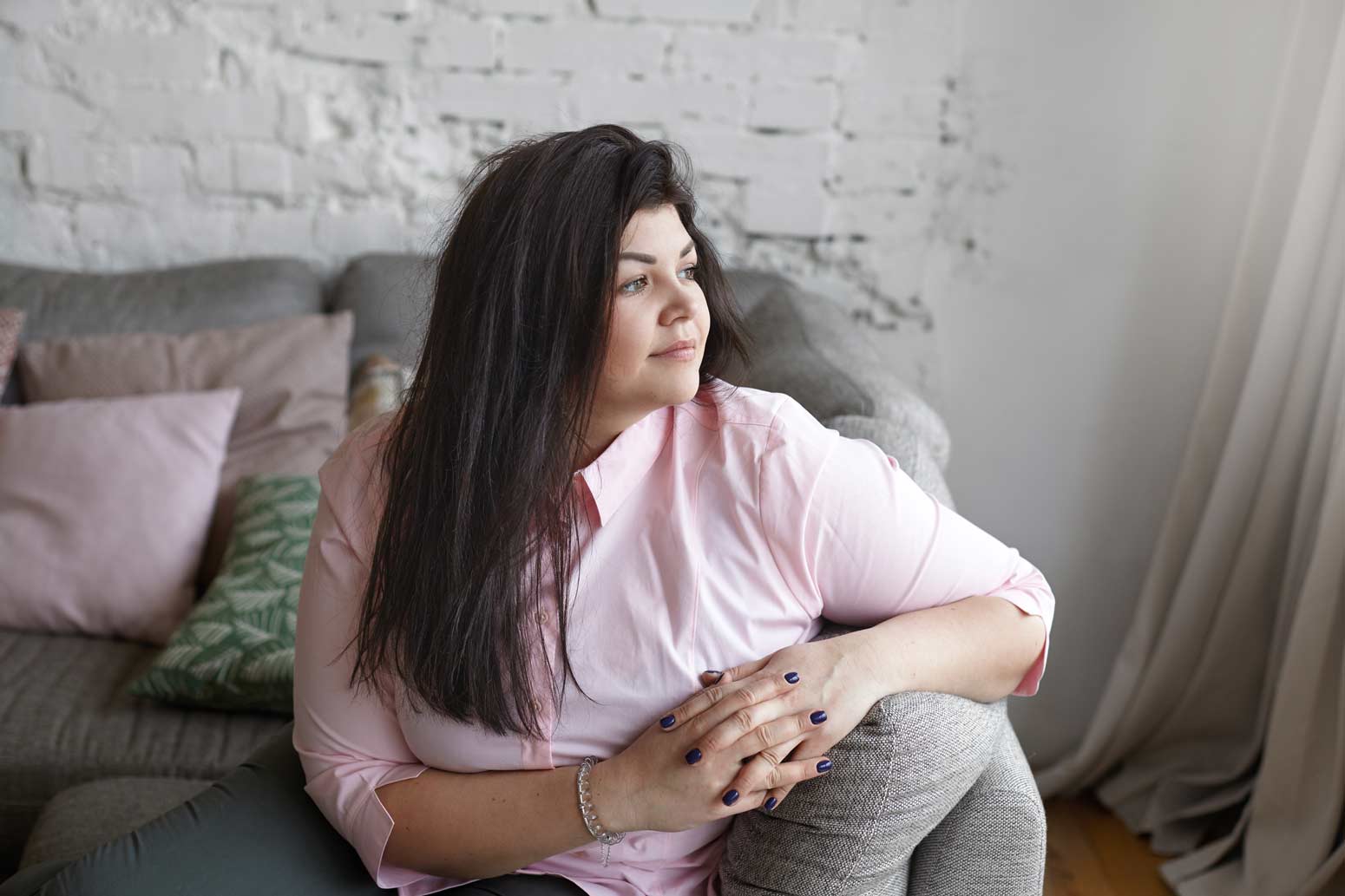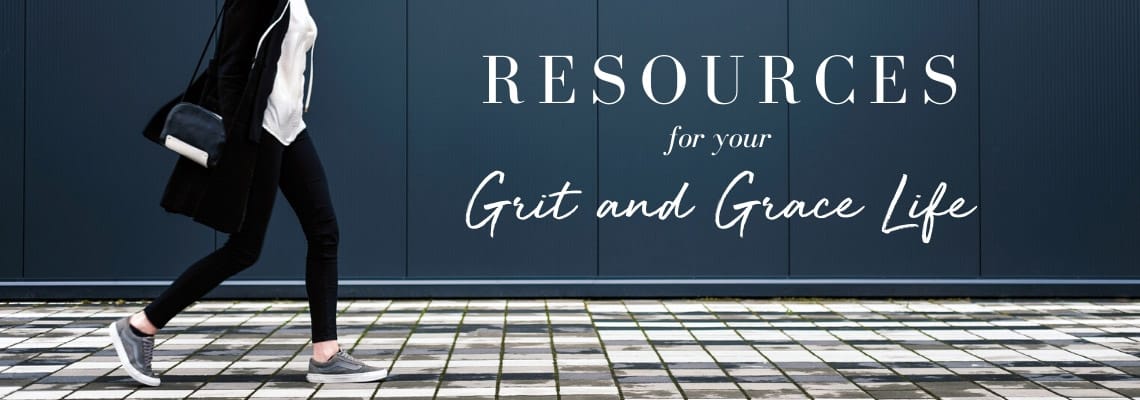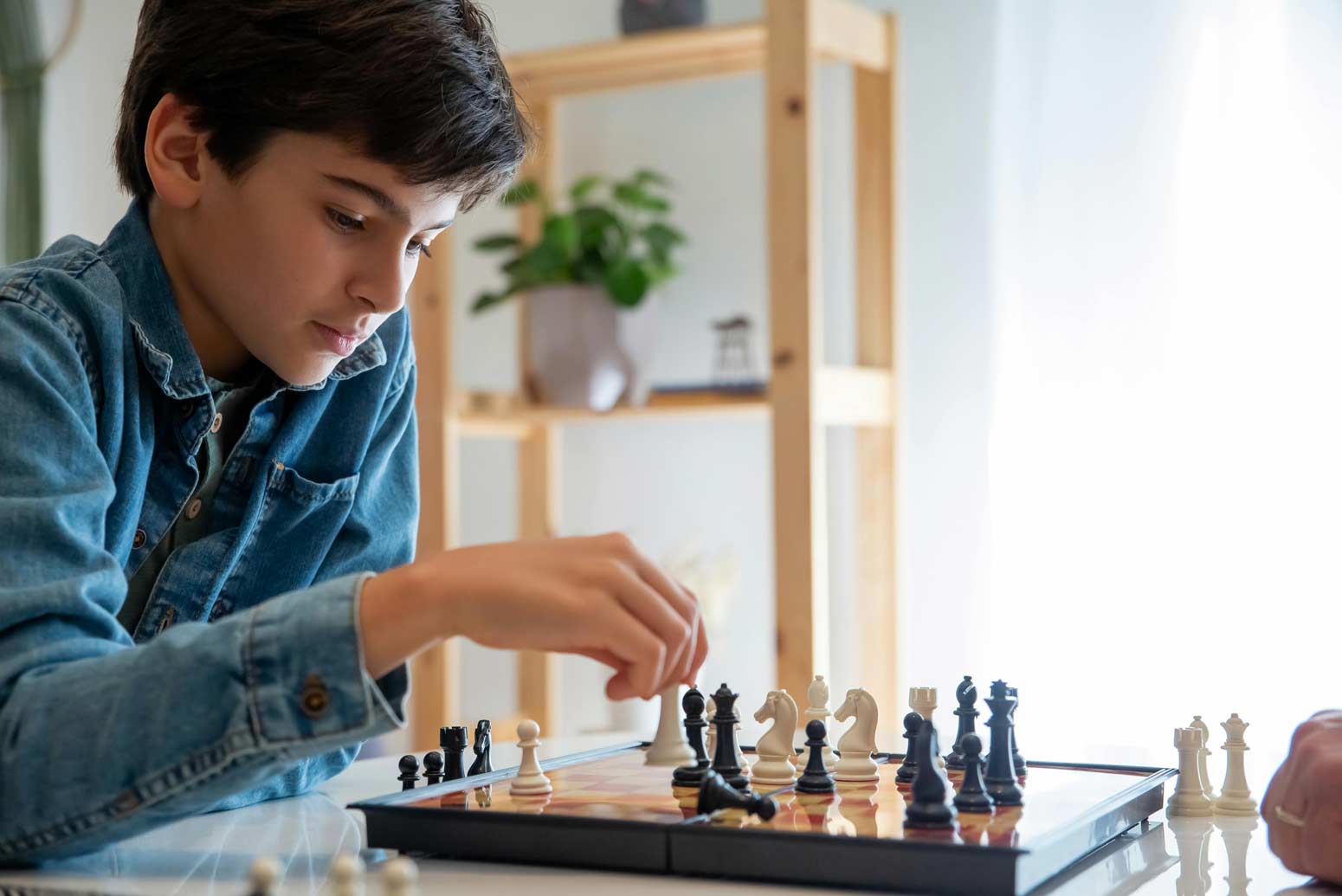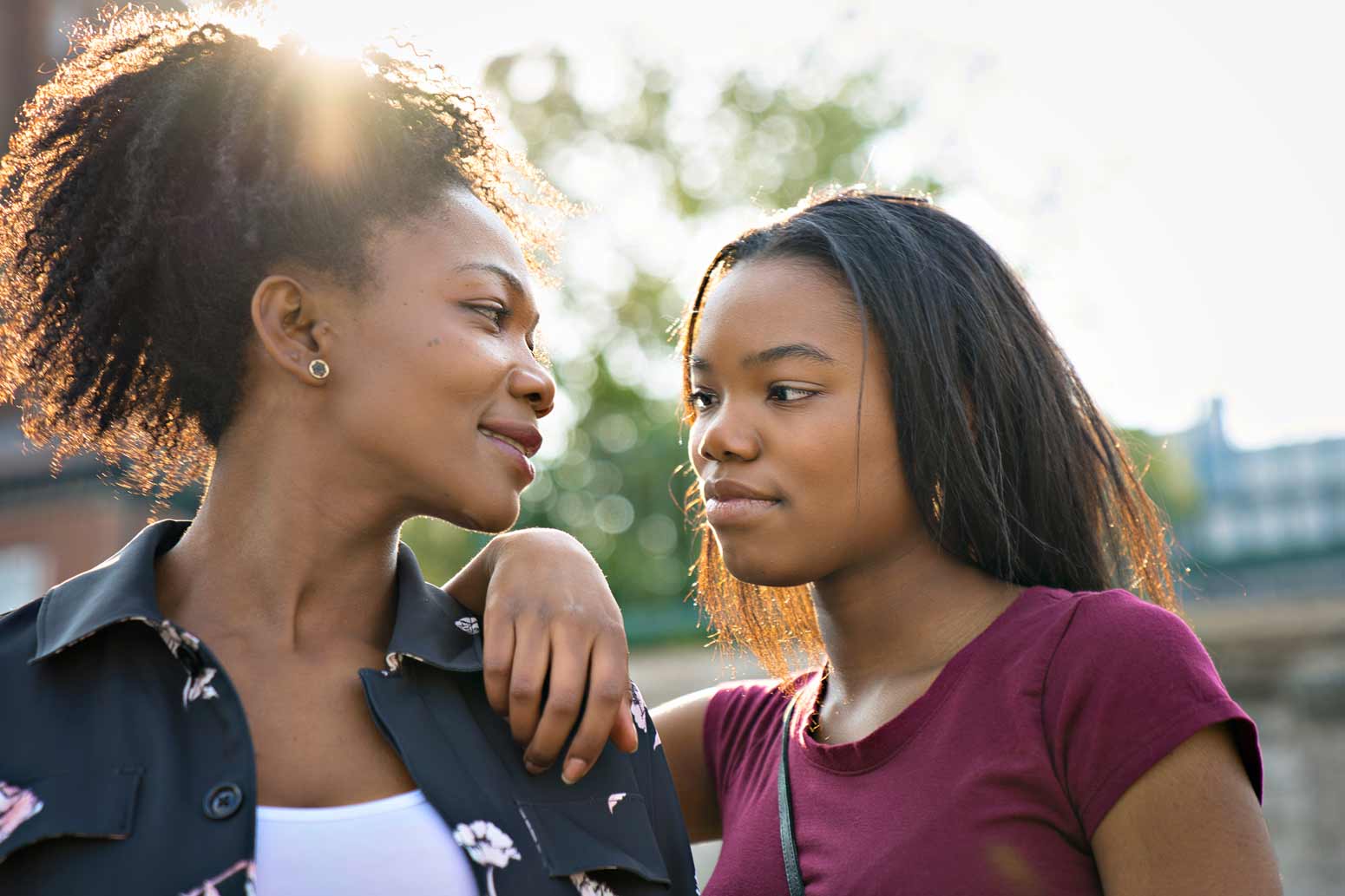As is the case for most adults, I’ve found no shortage of social events and situations where I find myself faced with the inevitable, standard question, “So what do you do?” It’s unlikely that people expect to find themselves discussing the illegal exploitation of minors over chips and dip, but there’s really no way for me to sugar coat reality because fighting against that exploitation is what I do.
Statistics on human trafficking are pretty shocking, divided into both labor trafficking and sex trafficking. The U.S. Government defines sex trafficking as “when a commercial sex act is induced by force, fraud, or coercion, or in which the person induced to perform such act has not attained 18 years of age” (National Institute of Justice). One of the more modest estimates from the International Labor Organization estimates that there are 20.9 million victims of human trafficking globally, and that as an industry is generates $150 billion dollars worldwide (Polaris Project)—with two thirds of that profit from commercial sexual exploitation. Nearly 2 million children are exploited in the commercial sex trade (International Justice Mission) and in 2014 the National Center for Missing & Exploited Children “estimated that 1 in 6 endangered runaways reported were likely sex trafficking victims” (Polaris).
As shocking and upsetting as these statistics are, I can’t help but marvel at the fact that despite all the education and money available to us in the western world, we haven’t arrived at a higher moral standard that would discourage such atrocities. From the impoverished, remote villages of Nepal to right here in my own backyard in Southwest Florida, the will and drive to exploit the vulnerable runs rampant.
I was in my mid-teens when I first learned about trafficking.
I had somehow stumbled across an article about little girls in India being sexually exploited dozens of times a day for money. As the oldest of three sisters, whom I remain deeply protective of to this day, the lens through which I viewed my first exposure to sex trafficking was one tempered with profound sadness, nausea, and deep-seated anger. How can this be real? How is this allowed to continue? I remember lying awake at night, safe and warm in my bed, staring at the ceiling and wondering why it was that my life was so different from girls not so different than me. I thought of my sisters, who were only 15 and 11 at the time, and the mere idea of such degradation and abuse happening to them brought me to tears.
I started researching more and more—devouring articles, documentaries, even books—to try to understand this phenomenon that was apparently taking place not only on a global scale, but also on a disturbingly local scale. The desperate feeling that I had to do sometime continued in the quiet parts of my heart through the rest of high school, college and into my post-graduate life.
I currently work for a 501©3 organization based in Southwest Florida called Wings of Shelter Int’l, Inc.
Wings of Shelter is licensed as a long-term home by the Department of Children and Families specifically to care for female minor victims of domestic sex trafficking. Essentially, that’s an extremely long description which means all of the girls in our care are American citizens under the age of 18 who have all survived sexual exploitation here in the U.S.. Each girl has a different story, with different specifics, but all of them share the same experience of being exploited by others. We take them into our care and provide them with a home, medical care, educational opportunities and a loving support system of caregivers and volunteers.
Some of my duties as the Executive Director of Child Services are to train and hire staff and volunteers, maintain a comprehensive schedule for the girls and our staff, coordinate medical and legal appointments, write monthly reports, keep current and organize all our files and documentation. As is the nature of many smaller organizations, our administrative team and I end up wearing many different hats to make sure that the girls in our care get what they need during their time in our program. We are not strangers to heartbreak as rehabilitation for survivors can be a lengthy and incredibly difficult journey, but I can’t imagine dedicating my time to anything else. I feel like I’m doing what I’m supposed to do, and at 25 years old I know that is a rare thing. Regardless of the darkness we encounter, it’s our job to face it head on and bring the light.
I’m thankful to report that in recent years human trafficking has become a hot topic of conversation.
There are many different opportunities to support and partner with on both a global and domestic scale. Globally, there are organizations that we can support financially as they rescue victims and lobby for legislative changes that protect the rights of the victims, such as International Justice Mission, The A21 Campaign and The Polaris Project. We can support the livelihood of survivors now gainfully employed through organizations like The Starfish Project and Sudara Goods. There are more unconventional, even fun ways to get involved, like the Dressember movement started by Blythe Hill, which raised 1.3 million this past December. Women can wear dresses for the full month of December to raise awareness and funds for the issue—with all funds going to International Justice Mission in their efforts to rescue and rehabilitate victims.
Giving and raising money are great and much needed ways that you can help. But, maybe your heart has been touched like mine and you want to get involved even more personally. If so, I would encourage you to connect with a group of people who motivate you to action.
Here in Southwest Florida, events like the Human Trafficking Symposium, which is held on a yearly basis in January at Florida Gulf Coast University, are great tools to connecting with the multiple local organizations represented. There’s a yearly 5k race sponsored by Christy’s Cause, which dedicates their time and energies to local community awareness and fundraising for likeminded organizations. And of course, there are always opportunities to volunteer with Wings of Shelter and work directly with our survivors by building relationship as a mentor, providing transportation services, tutoring, etc. We are always looking for new ideas to bring more services and fun experiences to our survivors and you just might have some inspiration to bring to the table!
You can get involved too!
To get involved with an organization in your community, I’d recommend visiting the Referral Directory at the National Human Trafficking Hotline. Here you can plug in your city and state and they will provide a list of organizations near you. That’s a great start, but the National Human Trafficking Hotline also states that their list is not completely exhaustive, so if you simply don’t find an organization near you, they recommend calling their 24/7 line at 1-888-373-7888. This line can also be used if there’s ever a need to anonymously report something suspicious.
There’s always something you can do. The most important thing is to realize that it is possible to make a difference, but we’ll never do it as an island. We need each other to make the most effective, long lasting difference in the fight against human trafficking.
—
You’ll also like The Solution to the Sex Trafficking Problem, One Man’s Dream Women Can Believe In, How to Lead Yourself Well and Others Better (and Why), and How to Get Honest About Your Dreams and Thrive!
#gritandgracelife
